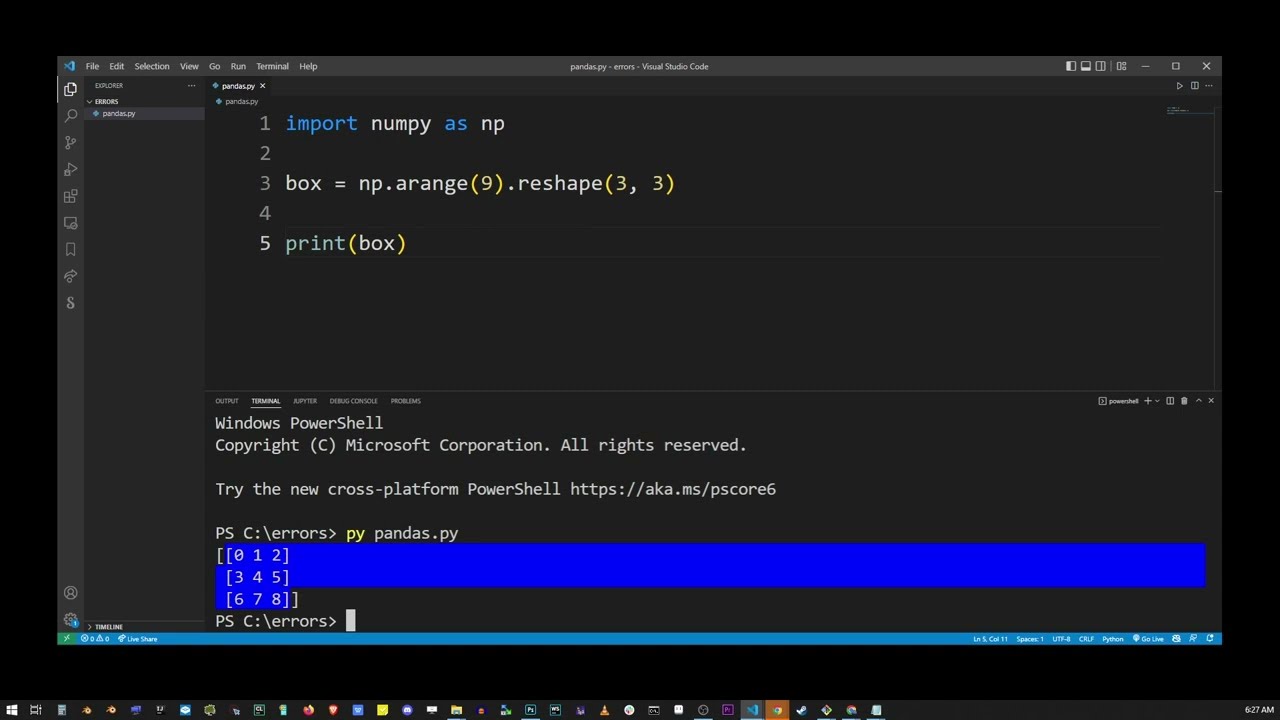How to solve modulenotfounderror no module named ‘rpds-py’ in python

Understanding ModuleNotFoundError in Python
In Python development, encountering ModuleNotFoundError can be a frustrating experience for both beginners and seasoned developers. This error typically indicates that the Python interpreter cannot locate a module specified in your code. One common instance of this is seeing the message No module named ‘rpds-py’, which points to the fact that the rpds-py module is not accessible in your current environment. But why does this happen?
Modules in Python are simply files that contain code, and they can be imported and reused across different parts of an application. When the interpreter can’t find the module, it brings the execution to a halt. To address this issue, developers need to understand their working environment and ensure all necessary packages are installed correctly.
Common Causes of ModuleNotFoundError
The ModuleNotFoundError, specifically stating that there is no module named ‘rpds-py’, can arise from various situations, including:
- Incorrect Installation: The module might not be installed in your Python environment.
- Missing Virtual Environment: If you are working in a virtual environment, it might not contain the required module.
- Typographical Errors: A simple typo when importing the module can also lead to this error.
- Multiple Python Versions: You may be using a different version of Python than the one where the module is installed.
Understanding these causes can significantly aid in troubleshooting and fixing the issue at hand.
How to Solve ModuleNotFoundError: No Module Named ‘rpds-py’
Now that we comprehend what can cause the ModuleNotFoundError, let’s get into the vital steps on how to rectify the specific error referencing rpds-py.
Here are some effective methods to troubleshoot and resolve the issue:
1. Confirm Installation of the Module
The first step is to ensure that the rpds-py module is installed. Open your terminal or command prompt and run the following command:
pip show rpds-pyIf the module is installed, you should see details about the rpds-py package. If it returns nothing, the module is not installed, and you will need to install it using:
pip install rpds-py2. Verify Your Virtual Environment
If you are working within a virtual environment, make sure that it is activated. You can activate it by navigating to your project directory in the terminal and executing:
source venv/bin/activate # On Linux or MacvenvScriptsactivate # On WindowsOnce activated, repeat the installation check using pip show rpds-py. It is crucial to remember that each virtual environment maintains its package directory, so the module must be installed within the active environment.
3. Reinstall the Module
If you confirmed that the module was installed correctly, but you are still encountering issues, consider reinstalling it. Sometimes, a corrupt installation can lead to this error. In the terminal, type:
pip uninstall rpds-pypip install rpds-pyThis process will ensure a fresh installation of the module and potentially resolve the discrepancy.
4. Check Python Path
The PYTHONPATH is an environment variable that specifies the search paths for modules in Python. You can print your current path in the terminal using:
echo $PYTHONPATH # On Linux or Macecho %PYTHONPATH% # On WindowsIf the path to your installed rpds-py module is not included, you must add it. You can do this temporarily in the terminal:
export PYTHONPATH=$PYTHONPATH:/path/to/your/module # Linux or Macset PYTHONPATH=%PYTHONPATH%;C:pathtoyourmodule # WindowsMake sure to replace /path/to/your/module and C:pathtoyourmodule with the correct paths.
5. Consider Using a Requirements File
If you frequently face the issue of missing modules in your Python projects, consider using a requirements.txt file. This document contains all the dependencies of your project. You can create one by running:
pip freeze > requirements.txt
Later, when setting up your project environment again, simply run:
pip install -r requirements.txtThis practice will ensure that all necessary modules, including rpds-py, are installed as per the specifications of your project.
Best Practices to Avoid Future Module Errors
Avoiding ModuleNotFoundError requires implementing certain best practices that can streamline Python development and ensure that dependencies are handled expertly.
- Use Virtual Environments: Keeping your projects isolated can prevent conflicting dependencies.
- Regularly Update Packages: Outdated packages may lead to compatibility issues and errors.
- Document Dependencies: Always make a habit of documenting your project’s dependencies, ideally in a requirements.txt file.
- Stay Organized: Naming conventions and project structure can help maintain clarity in your codebase.
- Test Your Environment: Before deploying projects, ensure that the entire development environment is active and functioning as intended.
Exploring Alternatives to rpds-py
Sometimes, you may discover that rpds-py is not the best fit for your project, or perhaps you encounter persistent difficulties installing it. In such cases, consider exploring alternative libraries. Below are a few options that serve similar purposes:
- NumPy: A foundational package for scientific computing with Python, it offers extensive support for large, multi-dimensional arrays and matrices.
- Pandas: Ideal for data manipulation and analysis; it provides data structures and functions needed to manipulate structured data.
- Scikit-learn: This library is excellent for data mining and data analysis, providing various tools for machine learning applications.
Community Support and Resources
In the realm of Python, the community is an invaluable resource. If you face persistent issues with ModuleNotFoundError, seeking help from online forums can be beneficial. Some prominent platforms include:
- Stack Overflow: A popular Q&A site where developers can ask questions related to coding issues, including module errors.
- Python’s Official Documentation: It contains in-depth information about modules, installation guides, and explanations of errors.
- GitHub: Many projects have their repositories on GitHub, where you can report issues and look for solutions or workaround suggestions.
Engaging with these communities can not only help resolve your specific issues but also contribute to your overall understanding and improvement as a developer.





